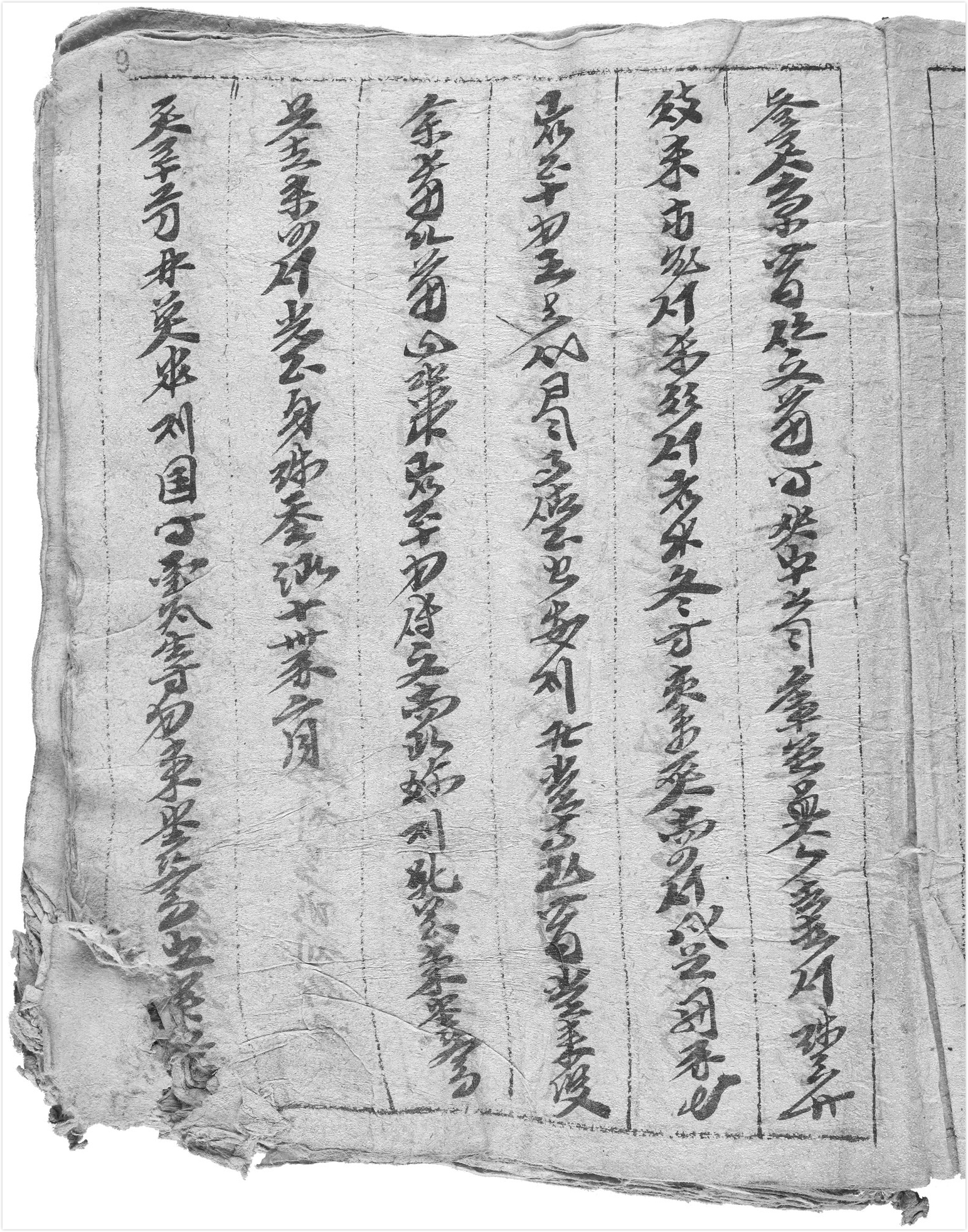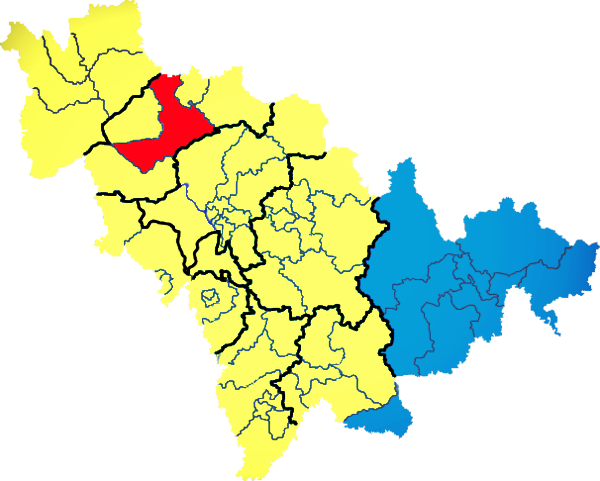|
Wanyan Xiyin
Gushen (died 1140), also known as Wushi or Hushe, and better known by his sinicised name Wanyan Xiyin, was a Jurchen noble and civil minister who lived in the founding and early years of the Jurchen-led Jin dynasty (1115–1234), which ruled northern China between the 12th and 13th centuries. He was a chief adviser to Aguda (Emperor Taizu), the founder and first emperor of the Jin dynasty. Described by modern writers as the "Chief Shaman" of the pre-Jin Jurchen state,Tao (1976), Page 95. he became deeply interested in Han Chinese culture, and is particularly known as the creator of the first writing system for the Jurchen language. Family *Consort Zheng (正妃 元妃烏古論氏), of the Wugulun clan *Consort Li (李次妃 李氏; d. 1110 ), of the Li clan, personal name Shunying (舜英) *Concubine Wang (王妾 王氏), of the Wang clan, personal name Mao'er (猫儿) *Concubine Liu (刘妾刘氏), of the Liu clan, personal name Baigu (百古) *Concubine Zhang (章� ... [...More Info...] [...Related Items...] OR: [Wikipedia] [Google] [Baidu] |
Jin Dynasty (1115–1234)
The Jin dynasty (, ), officially known as the Great Jin (), was a Jurchen people, Jurchen-led Dynasties of China, imperial dynasty of China and empire ruled by the Wanyan clan that existed between 1115 and 1234. It is also often called the Jurchen dynasty or the Jurchen Jin after the ruling Jurchen people. At its peak, the empire extended from Outer Manchuria in the north to the Qinling–Huaihe Line in the south. The Jin dynasty emerged from Emperor Taizu of Jin, Wanyan Aguda's rebellion against the Liao dynasty (916–1125), which held sway over northern China until being driven by the nascent Jin to the Western Regions, where they would become known in Chinese historiography as the Qara Khitai, Western Liao. After conquering the Liao territory, the Jin launched a Jin–Song Wars, century-long campaign against the Song dynasty (960–1279) based in southern China, whose rulers were ethnically Han Chinese. Over the course of the Jin's rule, their emperors Sinicization, adap ... [...More Info...] [...Related Items...] OR: [Wikipedia] [Google] [Baidu] |
Manchu Language
Manchu ( ) is a critically endangered language, endangered Tungusic language native to the historical region of Manchuria in Northeast China. As the traditional native language of the Manchu people, Manchus, it was one of the official languages of the Qing dynasty (1644–1912) of China, although today the vast majority of Manchus speak only Mandarin Chinese. Several thousand can speak Manchu as a second language through governmental primary education or free classes for adults in classrooms or online. The Manchu language has high historical value for historians of China, especially for the Qing dynasty. Manchu-language texts supply information that is unavailable in Chinese, and when both Manchu and Chinese versions of a given text exist, they provide controls for understanding the Chinese. Like most Siberian languages, Manchu is an agglutinative language that demonstrates limited vowel harmony. It has been demonstrated that it is derived mainly from the Jurchen language thou ... [...More Info...] [...Related Items...] OR: [Wikipedia] [Google] [Baidu] |
Khitan Large Script
The Khitan large script () was one of two writing systems used for the now-extinct Khitan language (the other was the Khitan small script). It was used during the 10th–12th centuries by the Khitan people, who had created the Liao Empire in north-eastern China. In addition to the large script, the Khitans simultaneously also used a functionally independent writing system known as the Khitan small script. Both Khitan scripts continued to be in use to some extent by the Jurchens for several decades after the fall of the Liao dynasty, until the Jurchens fully switched to a script of their own. Examples of the scripts appeared most often on epitaphs and monuments, although other fragments sometimes surface. History Abaoji of the Yelü clan, founder of the Khitan, or Liao, dynasty, introduced the original Khitan script in 920 CE. The "large script", or "big characters" (), as it was referred to in some Chinese sources, was established to keep the record of the new Khitan state ... [...More Info...] [...Related Items...] OR: [Wikipedia] [Google] [Baidu] |
Jilin
) , image_skyline = Changbaishan Tianchi from western rim.jpg , image_alt = , image_caption = View of Heaven Lake , image_map = Jilin in China (+all claims hatched).svg , mapsize = 275px , map_alt = Map showing the location of Jilin Province , map_caption = Map showing the location of Jilin Province , coordinates = , subdivision_type = Country , subdivision_name = China , named_for = from ''girin ula'', a Manchu language, Manchu phrase meaning "along the river" , seat_type = Capital , seat = , seat1_type = , seat1 = , parts_type = Divisions , parts_style = para , p1 = 9 Prefectures of China, prefectures , p2 = 60 Counties of China, counties , p3 = 1006 Townships of China, townships , government_type = Provinces of China, Province , governing_body = Jilin Provinci ... [...More Info...] [...Related Items...] OR: [Wikipedia] [Google] [Baidu] |
Shulan
Shulan ( zh, s=舒兰 , t=舒蘭 , p=Shūlán) is a county-level city in northern Jilin province, Northeast China. It falls under the administration of Jilin City, to the south-southwest. Administrative divisions Shulan is divided into 5 subdistricts, 10 towns, and 5 townships. The city is also home to a National Economic and Technological Development Zone. The following table shows the township-level subdivisions of Shulan: Geography The city spans an area of approximately 4,557 square kilometers in area, bounded by the Songhua River to its west. The Hulan River also flows through the city. The city has an average elevation of 740 meters in height. Shulan is home to a total of 318 species of animals which are classified as protected by the government, including sables, tigers, oriental storks, black storks, Asian black bears, yellow-throated martens, lynx, red deer, hazel grouse, Siberian cranes, swans, and various types of hawks and eagles. Climate The avera ... [...More Info...] [...Related Items...] OR: [Wikipedia] [Google] [Baidu] |
Chinese Characters
Chinese characters are logographs used Written Chinese, to write the Chinese languages and others from regions historically influenced by Chinese culture. Of the four independently invented writing systems accepted by scholars, they represent the only one that has remained in continuous use. Over a documented history spanning more than three millennia, the function, style, and means of writing characters have changed greatly. Unlike letters in alphabets that reflect the sounds of speech, Chinese characters generally represent morphemes, the units of meaning in a language. Writing all of the frequently used vocabulary in a language requires roughly 2000–3000 characters; , nearly have been identified and included in ''The Unicode Standard''. Characters are created according to several principles, where aspects of shape and pronunciation may be used to indicate the character's meaning. The first attested characters are oracle bone inscriptions made during the 13th century&n ... [...More Info...] [...Related Items...] OR: [Wikipedia] [Google] [Baidu] |
Naming Taboo
A naming taboo is a cultural taboo against speaking or writing the given names of exalted persons, notably in China and within the Chinese cultural sphere. It was enforced by several laws throughout Imperial China, but its cultural and possibly religious origins predate the Qin dynasty. Not respecting the appropriate naming taboos was considered a sign of lacking education and respect, and brought shame both to the offender and the offended person. Types * The ''naming taboo of the state'' ( ''guóhuì'') discouraged the use of the emperor's given name and those of his ancestors. For example, during the Qin dynasty, Qin Shi Huang's given name Zhèng (< B-S: *''teŋ-s'') was avoided, and the first month of the year, the ''upright month'' (; ''Zhèngyuè'') had its pronunciation modified to ''Zhēngyuè'' (OC ... [...More Info...] [...Related Items...] OR: [Wikipedia] [Google] [Baidu] |
Posthumous Name
A posthumous name is an honorary Personal name, name given mainly to revered dead people in East Asian cultural sphere, East Asian culture. It is predominantly used in Asian countries such as China, Korea, Vietnam, Japan, Malaysia and Thailand. Reflecting on the person's accomplishments or reputation, the title is assigned after death and essentially replaces the name used during life. Although most posthumous names are given to royalty, some posthumous names are given to honour significant people without hereditary titles, such as courtiers or General officer, military generals. To create a posthumous name, one or more adjectives are inserted before the deceased's title. The name of the state or domain of the owner may be added to avoid ambiguity. History Origins Early mythological rulers such as Emperor Yao were known to have posthumous names. Archaeology, Archaeological discoveries have shown that the titles of kings as far back as the Zhou dynasty (1046 to 256 BC) are po ... [...More Info...] [...Related Items...] OR: [Wikipedia] [Google] [Baidu] |
Hong Hao
Hong Hao () is a Chinese financial analyst covering macro strategy who is currently the Chief Economist of GROW Investment Group, a Shanghai-based hedge fund. He was previously the Head of Research for Bank of Communications (BOCOM) International. Hong is known for accurately predicting the 2010 flash crash, the Chinese Banking Liquidity Crisis of 2013 and the 2015–2016 Chinese stock market turbulence. Bloomberg L.P. has named Hao as "China’s most accurate strategist" and the ''Asiamoney'' survey put him as the No. 1 China Strategist and No. 1 economist in 2017. Early life and education Hong was born and raised in Guangzhou, Guangdong province. Hong attended Zhixin High School graduating in 1992. Originally his grades were below average but improved as he got older. In the Gaokao, Hong ranked second in the whole of Guangdong province for the liberal arts stream. Hong attended University of International Business and Economics. After graduation he briefly worked as ... [...More Info...] [...Related Items...] OR: [Wikipedia] [Google] [Baidu] |
Yuwen Xuzhong
The Yuwen ( < : *''waB-mun'' < *''waʔ-mən''Schuessler, Axel. 2007. ''An Etymological Dictionary of Old Chinese''. University of Hawaii Press. p. 587, 514) is a which originated from a pre-state of ethnicity of |
Kaifeng
Kaifeng ( zh, s=开封, p=Kāifēng) is a prefecture-level city in east-Zhongyuan, central Henan province, China. It is one of the Historical capitals of China, Eight Ancient Capitals of China, having been the capital eight times in history, and is most known for having been the Chinese capital during the Song dynasty#Northern Song, 960–1127, Northern Song dynasty. As of the 2020 Chinese census, 2020 census, 4,824,016 people lived in Kaifeng's Prefecture, of whom 1,735,581 lived in the metropolitan area consisting of Xiangfu, Longting, Shunhe Hui, Gulou and Yuwantai Districts. Located along the Yellow River's southern bank, it borders the provincial capital of Zhengzhou to the west, Xinxiang to the northwest, Shangqiu to the east, Zhoukou to the southeast, Xuchang to the southwest, and Heze of Shandong to the northeast. Kaifeng is a major city for scientific research, appearing among the world's top 200 List of cities by scientific output, cities by scientific output as track ... [...More Info...] [...Related Items...] OR: [Wikipedia] [Google] [Baidu] |



